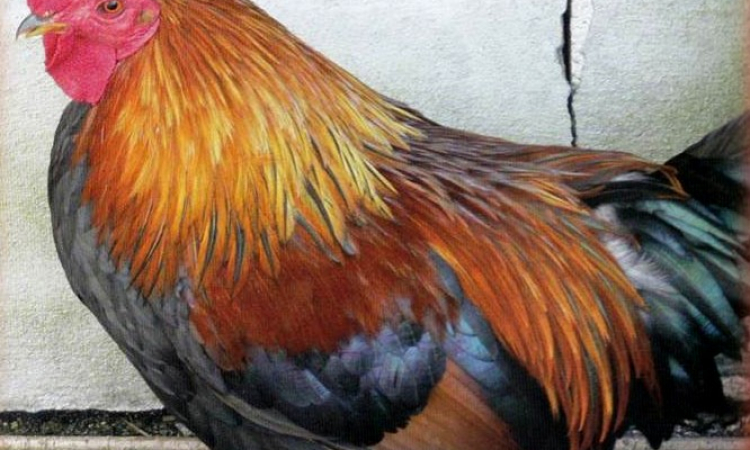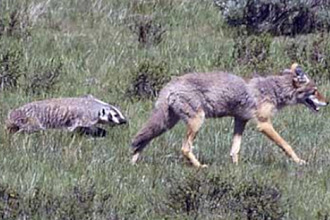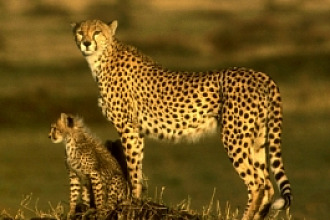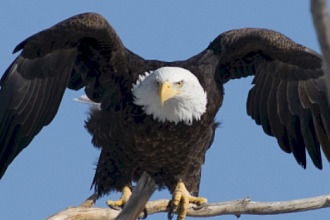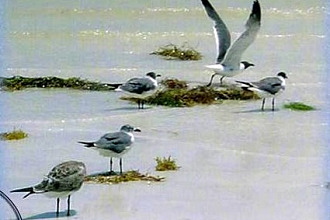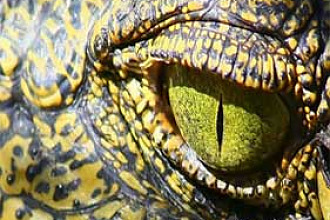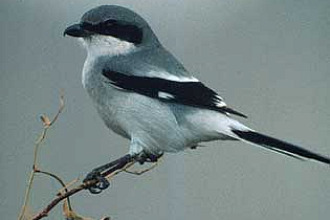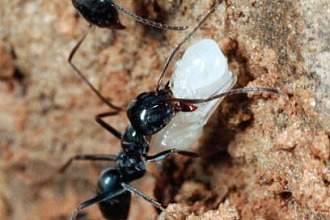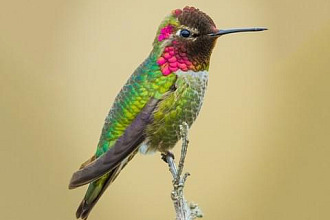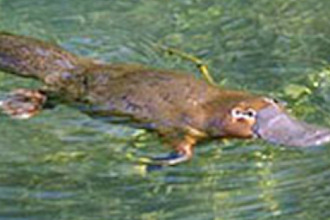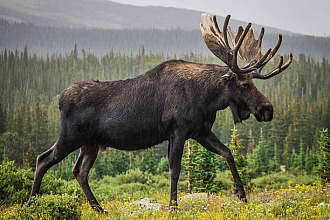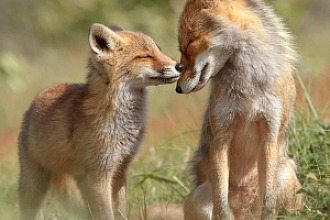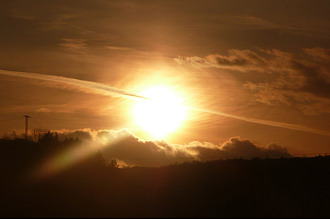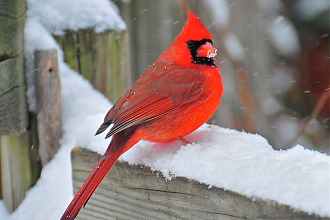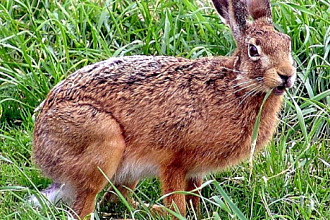There's an estimated 24 billion chickens around the world—definitely not considered to be endangered!
But down here on the streets of Key West, and running around the parking lot of a shopping center on Big Pine, you'll find plenty of these common creatures. Laws giving them legal protection were passed long ago in Key West—just a part of the unique sights and sounds of that 2-mile by 4-mile island!)
Although these chickens are wild, they're worth observing. For example there's the fleshy crest on top of their heads (the comb) and another fleshy hanging piece of skin under their beaks (called a wattle.) These are definitely not-by-accident appendages. The Creator gave these organs (the comb and the wattle) to the chickens to help them keep cool by redirecting the blood flow to the skin. Their design is just right.
Before the chicken ever hatches from the egg, it has been carefully planned for as well. As the egg moves down the hen's "birth canal" it is constantly revolving, while two white "ropes" (chalazae) are forming within that hold the yolk in position from above and below within the shell. That way the embryo grows freely, never getting stuck to one side or the other. Once the egg is laid it still needs to be turned during the 21 days before it hatches. How would that be solved? Watch a brooding hen! She will stand up three to five times a day and turn the egg over with her beak. That is not by accident. Humans build machines to keep eggs warm in incubators—and carefully program the machine to turn the eggs over three to five times a day. How did the inventors know how many times to do this? They learned watching hens! Hens didn't "learn" it from anyone. They were deliberately programmed that way by the Creator who left nothing to chance. By the way, if the eggs were not turned, the chicks inside would stick to the shells and hatch with physical defects! (That was definitely not in the Creator's plan for them.)
Chickens, like all birds, have no teeth. How do they digest the items they scratch from the ground and put into their beaks? You're right, there's a not-by-accident plan for that, too. They have a crop or type of sack just at the bottom of their esophagus where the desired food they pick up is stored for a time to soften. The food then moves down into their gizzard—the chicken's true stomach—which serves as a grinding machine to chop the food—using the stones and other grit or grav¬el the bird has "pecked up" which act as their teeth. A gizzard's design includes a tough layer of the protein keratin that protects the muscle walls of the gizzard so it won't be damaged as the seeds and other morsels the chicken needs in its diet are ground up and made digestible.
The chicken is blissfully unaware of its Designer. But it's not by accident we humans have been given minds to be aware of our Designer God so we can be ready to worship Him in person soon!
"NOT BY ACCIDENT" (c) Juanita Kretschmar is used by permission and was first published in the book "Not By Accident 2" pages 12 - 13

